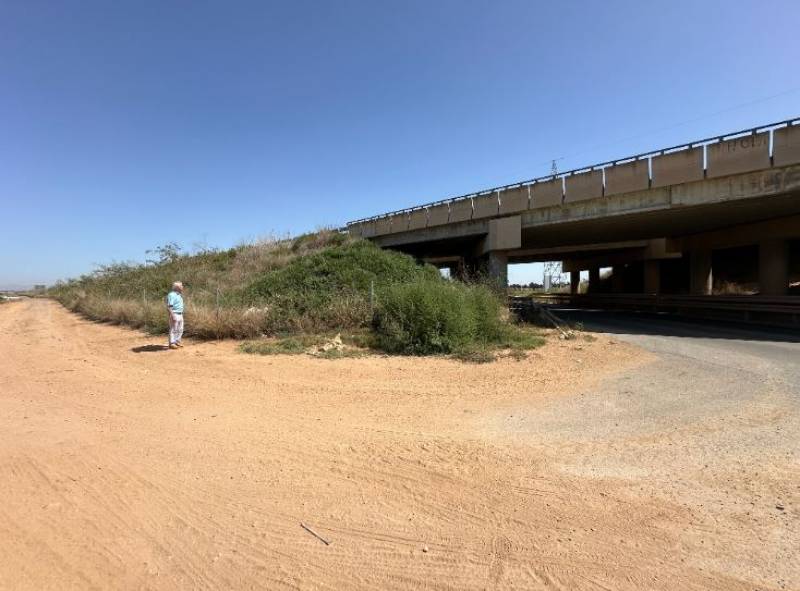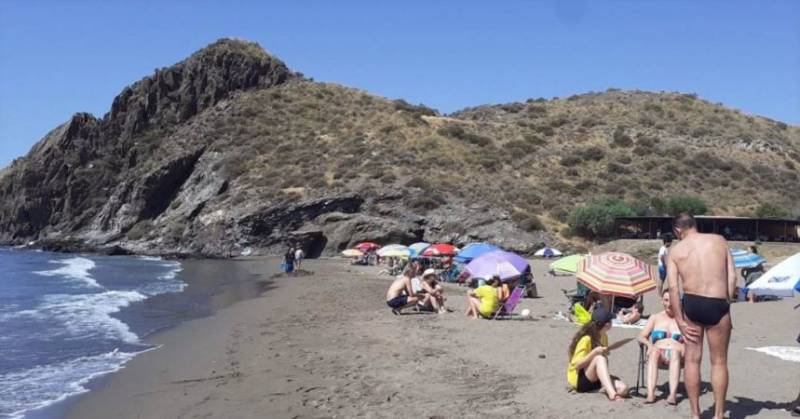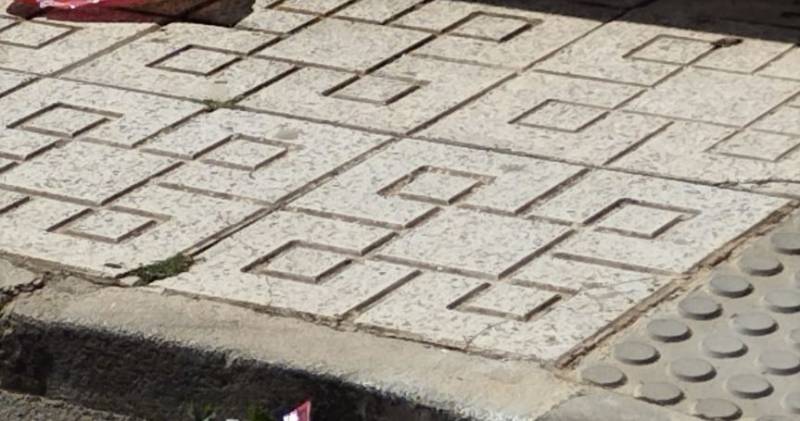- Region
- Águilas
- Alhama de Murcia
- Jumilla
- Lorca
- Los Alcázares
- Mazarrón
- San Javier
-
ALL AREAS & TOWNS
- AREAS
- SOUTH WEST
- MAR MENOR
- MURCIA CITY & CENTRAL
- NORTH & NORTH WEST
- TOWNS
- Abanilla
- Abarán
- Aguilas
- Alamillo
- Alcantarilla
- Aledo
- Alhama de Murcia
- Archena
- Balsicas
- Blanca
- Bolnuevo
- Bullas
- Cañadas del Romero
- Cabo de Palos
- Calasparra
- Camping Bolnuevo
- Campo De Ricote
- Camposol
- Canada De La Lena
- Caravaca de la Cruz
- Cartagena
- Cehegin
- Ceuti
- Cieza
- Condado de Alhama
- Corvera
- Costa Cálida
- Cuevas De Almanzora
- Cuevas de Reyllo
- El Carmoli
- El Mojon
- El Molino (Puerto Lumbreras)
- El Pareton / Cantareros
- El Raso
- El Valle Golf Resort
- Fortuna
- Fuente Alamo
- Hacienda del Alamo Golf Resort
- Hacienda Riquelme Golf Resort
- Isla Plana
- Islas Menores & Mar de Cristal
- Jumilla
- La Azohia
- La Charca
- La Manga Club
- La Manga del Mar Menor
- La Pinilla
- La Puebla
- La Torre
- La Torre Golf Resort
- La Unión
- Las Palas
- Las Ramblas
- Las Ramblas Golf
- Las Torres de Cotillas
- Leiva
- Librilla
- Lo Pagan
- Lo Santiago
- Lorca
- Lorquí
- Los Alcázares
- Los Balcones
- Los Belones
- Los Canovas
- Los Nietos
- Los Perez (Tallante)
- Los Urrutias
- Los Ventorrillos
- Mar De Cristal
- Mar Menor
- Mar Menor Golf Resort
- Mazarrón
- Mazarrón Country Club
- Molina de Segura
- Moratalla
- Mula
- Murcia City
- Murcia Property
- Pareton
- Peraleja Golf Resort
- Perin
- Pilar de la Horadada
- Pinar de Campoverde
- Pinoso
- Playa Honda
- Playa Honda / Playa Paraíso
- Pliego
- Portmán
- Pozo Estrecho
- Puerto de Mazarrón
- Puerto Lumbreras
- Puntas De Calnegre
- Region of Murcia
- Ricote
- Roda Golf Resort
- Roldan
- Roldan and Lo Ferro
- San Javier
- San Pedro del Pinatar
- Santiago de la Ribera
- Sierra Espuña
- Sucina
- Tallante
- Terrazas de la Torre Golf Resort
- Torre Pacheco
- Totana
- What's On Weekly Bulletin
- Yecla


- EDITIONS:
 Spanish News Today
Spanish News Today
 Alicante Today
Alicante Today
 Andalucia Today
Andalucia Today
Date Published: 21/04/2025
Seahorses all but vanish from the Mar Menor as conservation plans get underway
The creation of new Posidonia meadows, a crucial habitat for the Mediterranean’s marine life, has entered a promising phase
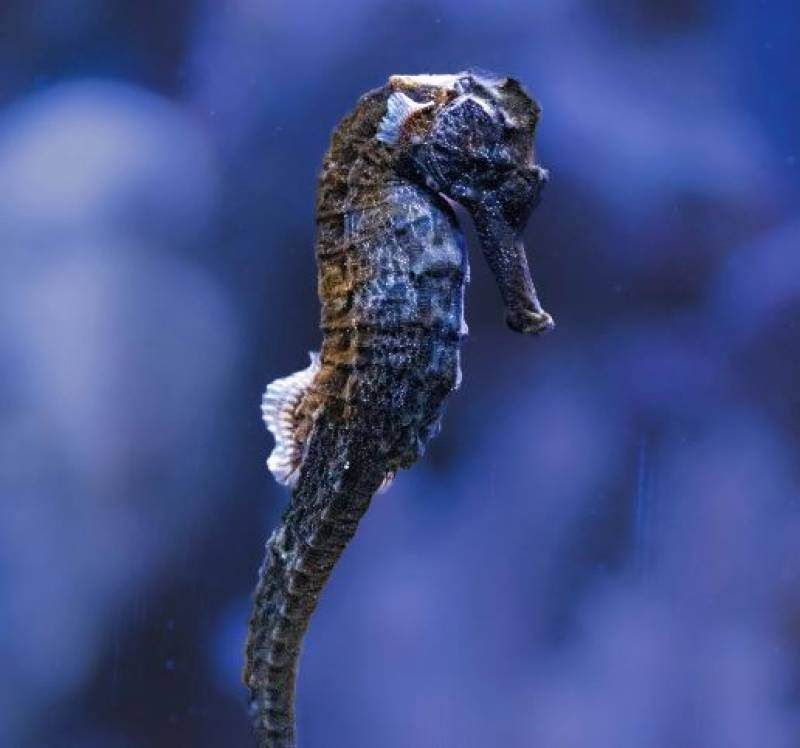
An ambitious environmental effort is underway along Murcia’s coast, where the Hippocampus Association continues its two-decade-long mission to protect marine life in the Mar Menor and Mediterranean Sea. Central to their work is the seahorse (Hippocampus guttulatus), a species once thriving in the Mar Menor but now teetering on the brink of extinction.
Association president José Luis Alcaide explained that this year, during 17 monitoring dives, only six adult seahorses were found in the Mar Menor. While a few more were spotted outside the designated areas, the figures remain “very worrying” for the species’ future.
In response, Hippocampus has formally submitted scientific data collected over 20 years to Spain’s Ministry for Ecological Transition, urging them to update the species’ status on the national Red List from “insufficient data” to an official threat level that would trigger protection measures.
This call for action is backed by a major endorsement: the association’s research was recently validated by The Journal of Fish Biology, one of the world’s top biology publications.
In the meantime though, the data paint a stark picture. In 2012, the Mar Menor was home to nearly 200,000 seahorses. By 2022, that number had plummeted to around 800, representing a 99.9% population crash. Since then, numbers have failed to recover and recent dives in 2023 turned up nothing at all.
The seahorse's steep decline is largely blamed on pollution, habitat destruction, extreme weather events and invasive species like the aggressive blue crab. While small clusters of seahorses have been spotted, Mr Alcaide stressed that the situation remains “critical,” with no significant signs of recovery.
Hope now lies with the captive breeding program led by the University of Murcia, which is raising seahorses in controlled environments. The long-term goal is to reintroduce these animals once the lagoon’s conditions improve.
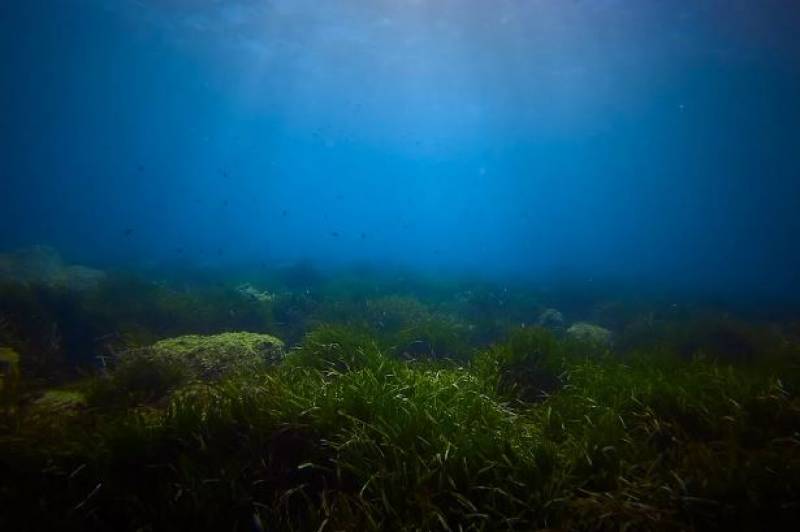 Elsewhere, plans to restore Posidonia oceanic meadows, a crucial seagrass species endemic to the Mediterranean, are going much better. These underwater meadows are vital for oxygen production, breeding and refuge areas for many animal species. Posidonia is also a great filter feeder, helping to keep the water clean and clear.
Elsewhere, plans to restore Posidonia oceanic meadows, a crucial seagrass species endemic to the Mediterranean, are going much better. These underwater meadows are vital for oxygen production, breeding and refuge areas for many animal species. Posidonia is also a great filter feeder, helping to keep the water clean and clear.However, this species is under constant threat due to pollution, the anchoring of boats and the creation of artificial beaches, among other hazards. Once destroyed, its restoration is considered very difficult.
Following successful pilot studies since 2021, a new phase of the ‘Plamep’ project will now develop advanced tools to automate the planting of posidonia seeds—an unprecedented approach in marine restoration. The project is currently operating out of Portmán, with plans to relocate to a new Marine Species Production Centre in Águilas.
Meanwhile, through their ‘Mediterráneo Responsable’ initiative, Hippocampus has also led large-scale seabed and beach cleanups. Since the project began, more than 5,100 kilos of rubbish has been removed from military coastal zones of the Mar Menor, Los Alcázares, San Javier, and Santiago de la Ribera and nearby coasts, including Torrevieja and Pulpí.
The next big cleanup will take place in Valencia on May 24, following the environmental devastation caused by the recent DANA floods. Some 200 volunteers and divers will scan the seabed and shoreline near Gola del Perellonet to remove trash washed in by floodwaters.
This marks the first post-flood cleanup in the region, and it will be supported by several environmental groups, including Oceanogràfic and the University of Murcia. Before heading to Valencia, the team will carry out five underwater cleanups in Mallorca.
In other news: New high-tech tool to track the health of the Mar Menor
Image: Pexels
Contact Murcia Today: Editorial 000 000 000 /
Office 000 000 000











